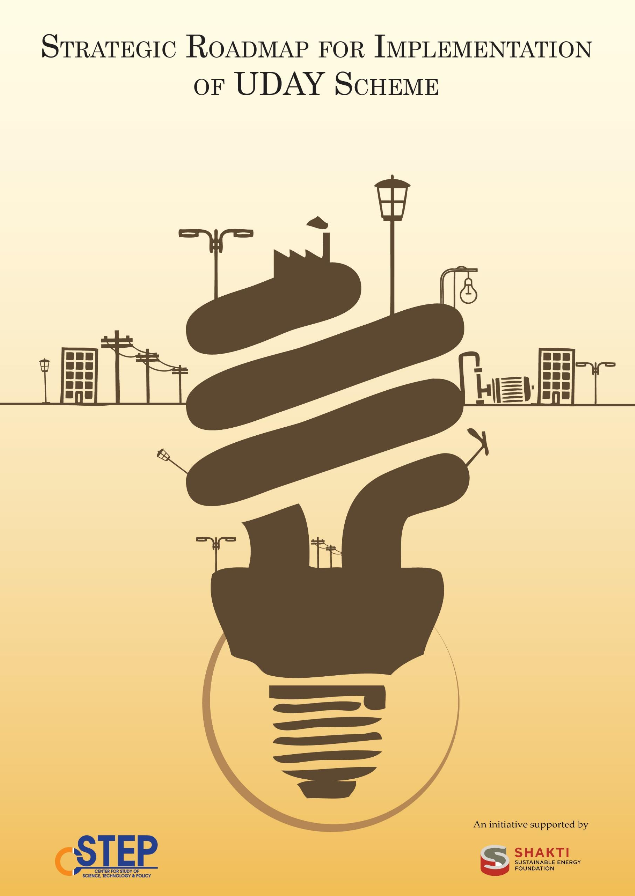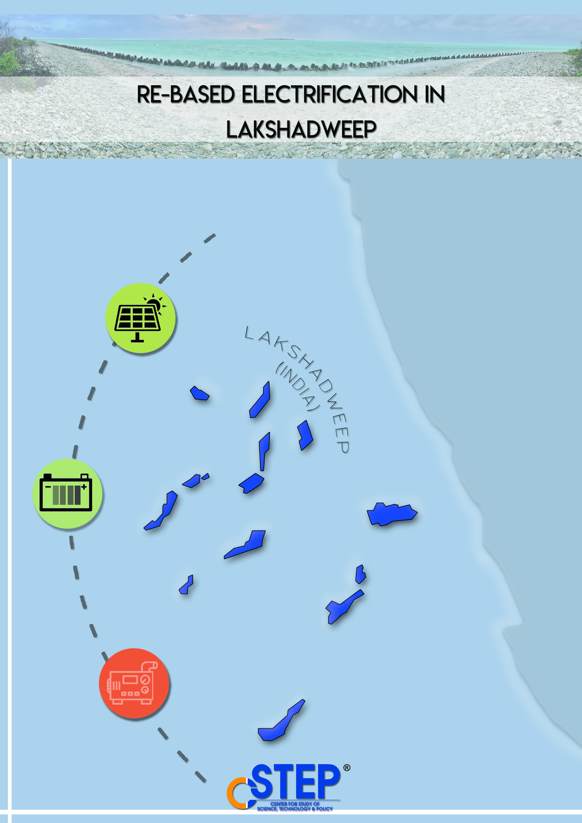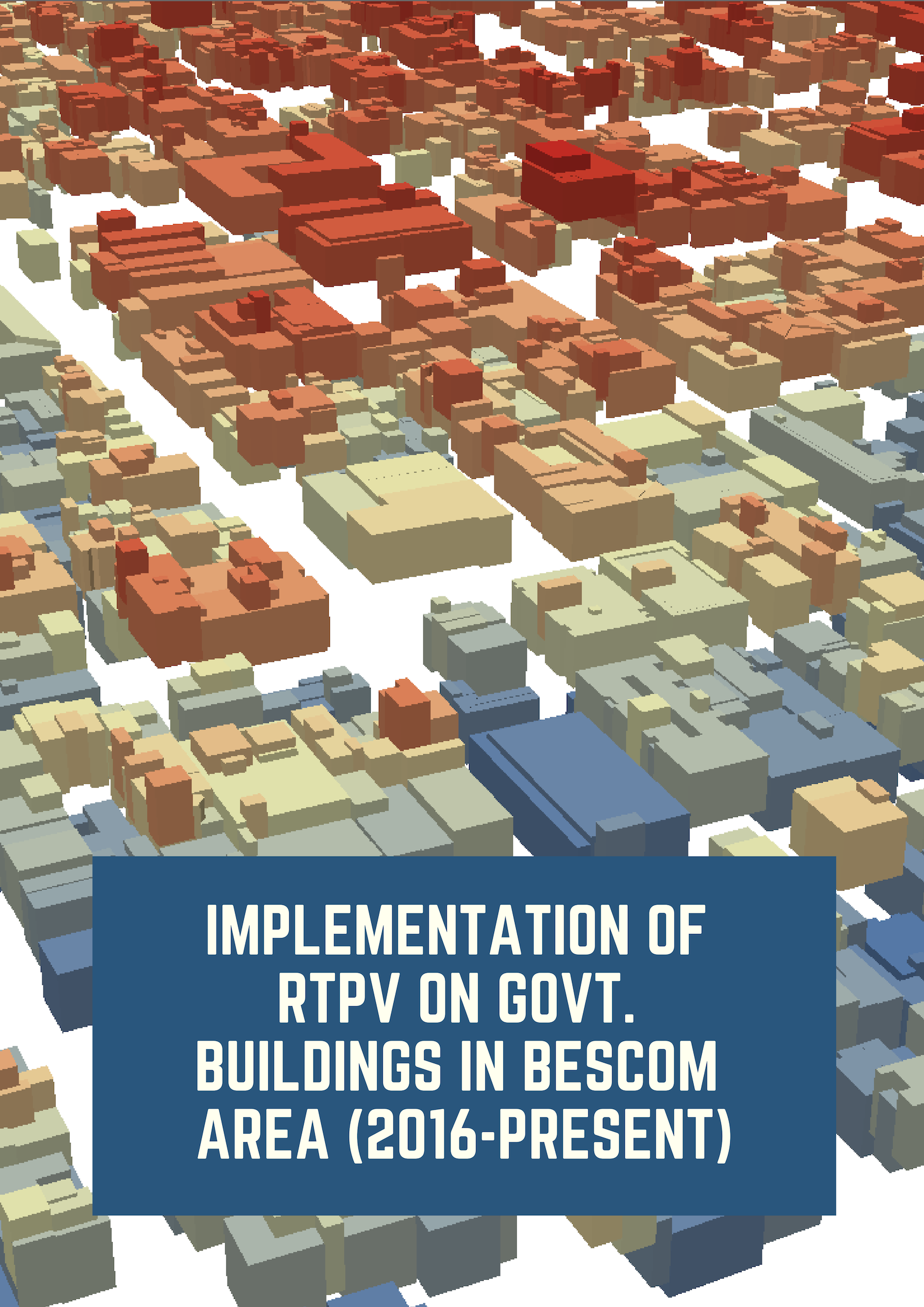Energy is a key factor in combating climate change, one of the biggest challenges the world is facing today. India has committed to cutting emissions to net zero by 2070 and set ambitious targets for adopting renewable energy. Achieving these targets requires careful planning and an overhaul of our current energy system.
Our work aims at enabling policies that encourage the adoption of rooftop solar, facilitate the development of technology for energy storage, strengthen the grid and transmission infrastructure, advance hydrogen technologies, and promote green mobility. CSTEP's research looks at the various aspects of mainstreaming renewable energy for a cleaner, greener energy sector.













Green bonding for recovery
The 2021 Union Budget announced an institutional framework to instill liquidity into the corporate bond market. In sync with the pro-investor move, the country has an opportunity to scale up the green bond market, presently just under one per cent of the total domestic debt market. Green bonds are debt financing instruments for projects that involve renewable energy and energy efficiency, low-carbon infrastructure, and sustainable resource use.
The Sunshine Era
One of the focal points of the Union Budget 2021–22 is the potential of renewable energy — especially solar energy — in reviving the economy. The measures suggested in the Budget could lead to higher indigenisation in the solar energy infrastructure. The Indian solar industry is heavily dependent on Chinese imports at the moment and the emphasis on indigenisation could provide the much-needed thrust to local manufacturers.
Financial Journey After Consumers Pay Their Electricity Bills
CSTEP launched the Empower series of blog articles to simplify the power sector for non-technical readers. Through the series, we hope to explain how every step of the journey of electricity affects the consumer. In the first article, we introduced you to the many actors involved in the journey of electricity. The second article of the series explains the costs involved in electricity generation.
Technology Options and Policy Solutions for a Future Powered by Renewable Energy
Flexibility in the grid is paramount for India to meet its renewable energy (RE) ambitions — 450 GW by 2050 as announced by Prime Minister Narendra Modi in 2019. Energy storage systems can enable this flexibility.
Energy storage systems are the next step in India's transition to an RE-dominant future. Although high carbon-emitting thermal energy sources such as coal and petroleum make up a majority of India's energy production, India has set ambitious RE goals — aiming to make RE 80% of its energy mix. Achieving these goals can help India cut its carbon emissions significantly.
Grid Impact for High RE Scenarios in Southern India
The Southern Region (SR) leads renewable energy (RE) deployment in India, having an installed capacity of about 43 GW as of December 2020. Recognising the immense RE potential of this region, the Ministry of New and Renewable Energy (MNRE), Government of India, has set an ambitious RE target of 59 GW for SR by 2022. However, the implications of injecting this additional power into the grid have to be understood. Because of the intermittent nature of renewables-based power, grid integration of RE has distinct technical implications.
